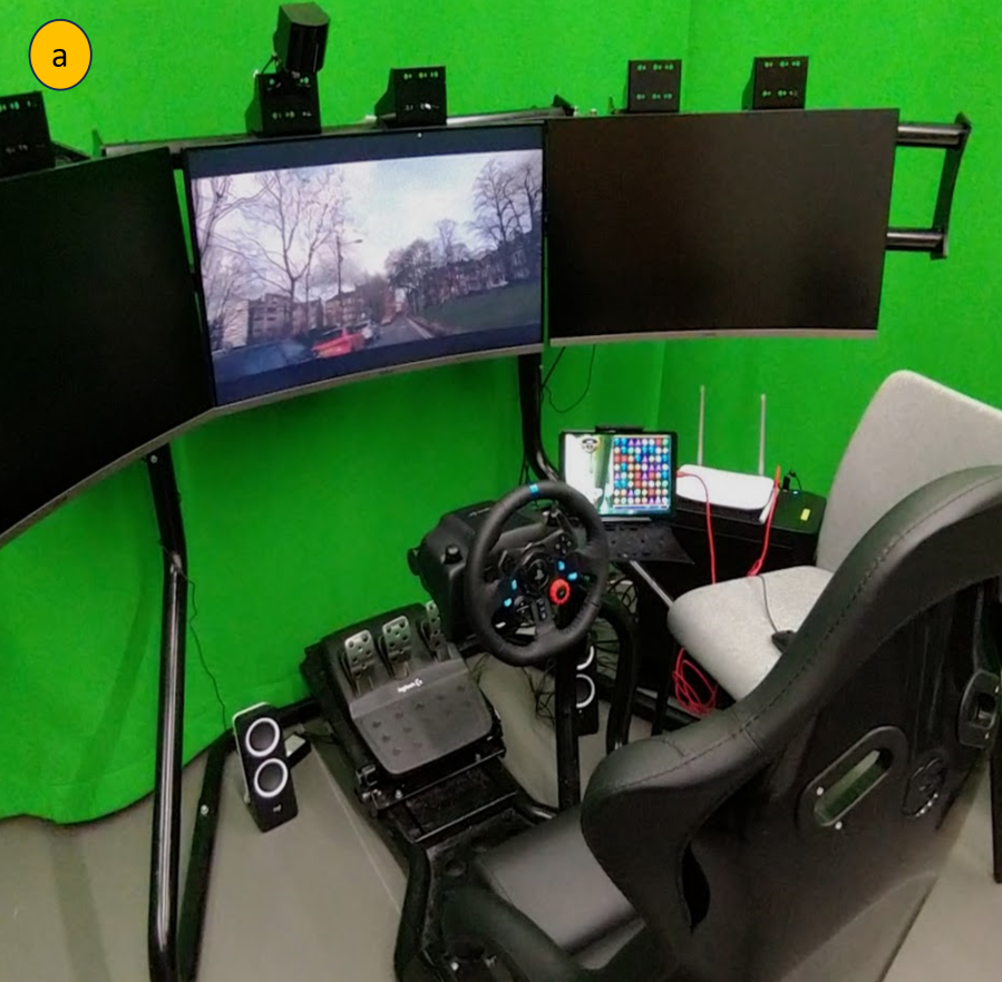As self-driving cars rapidly improve, a future where driver attention is diverted to other tasks is considered somewhat inevitable, albeit potentially dangerous. Augmented reality in the form of heads up displays (HUDs) could allow drivers to maintain a safer level of supervisory attention on the road while still engaging with non-driving tasks.
Related content
“What we wanted to do with this study was explore whether attention-grabbing augmented reality systems could allow people to perform non-driving tasks but quickly switch focus at critical moments,” said study co-author Thomas Goodge, from the University’s School of Computing Science.
According to Goodge, the current state of autonomous driving places those at the wheel somewhere between drivers and passengers, whereby they are not continuously involved in steering but are still required to respond to safety hazards. This, he said, creates issues.
“One big problem with that is that humans don’t deal very well with sustained supervisory tasks,” said Goodge. “They get bored, they get distracted, and when they do they lose their awareness of the road. That could be dangerous if they react too slowly to a sudden change of the road conditions around them.”
The Glasgow study tasked drivers in a simulated environment with different cognitive tasks using a ‘heads down’ tablet and a ‘heads up’ AR display. Screens displayed a series of 40 video clips of real road situations, with the clips stopping abruptly before a potentially hazardous situation developed, such as a pedestrian stepping into the road. Drivers then had to select from one of four predictions about what would happen next based on their understanding of the road conditions at the point the video cut off.

Driver ability to reliably predict what would happen next was significantly reduced in the AR and tablet setup. However, when the AR headset displayed visual cues to draw attention to potential hazards, the participants showed increased awareness of the road conditions, with cognitive performance also improving in non-driving tasks.
“Augmented reality tech really does put information right in front of people’s eyes, so it could be a good fit for tackling the ‘look but fail to see’ problem,” said study co-author Professor Frank Pollick, from Glasgow’s School of Psychology & Neuroscience.
“The study shows that adding visual cues to draw drivers’ attention to situations does seem to improve their ability to quickly focus and understand situations. However, the level of demand on their attention is important – they were more able to read the road correctly in the less cognitively-challenging task.”
The team’s paper, ‘Can You Hazard a Guess? Evaluating the Effects of Augmented Reality Cues on Driver Hazard Prediction’, will be presented at the Association of Computing Machinery CHI conference on Human Factors in Computing Systems in May.











Deep Heat: The new technologies taking geothermal energy to the next level
No. Not in the UK. The one location in the UK, with the prospect of delivering heat at around 150°C and a thermal-to-electrical efficiency of 10-12%,...